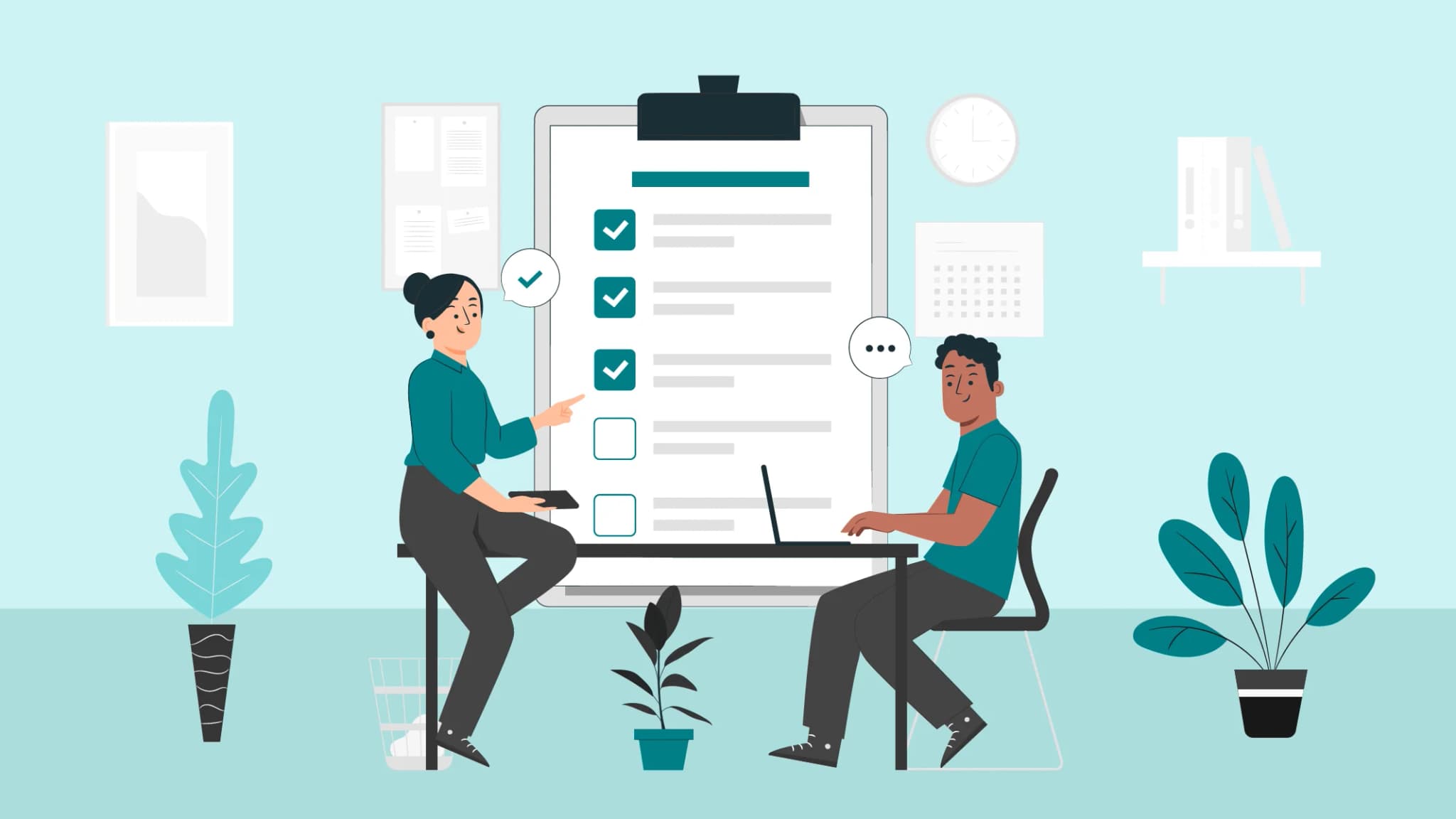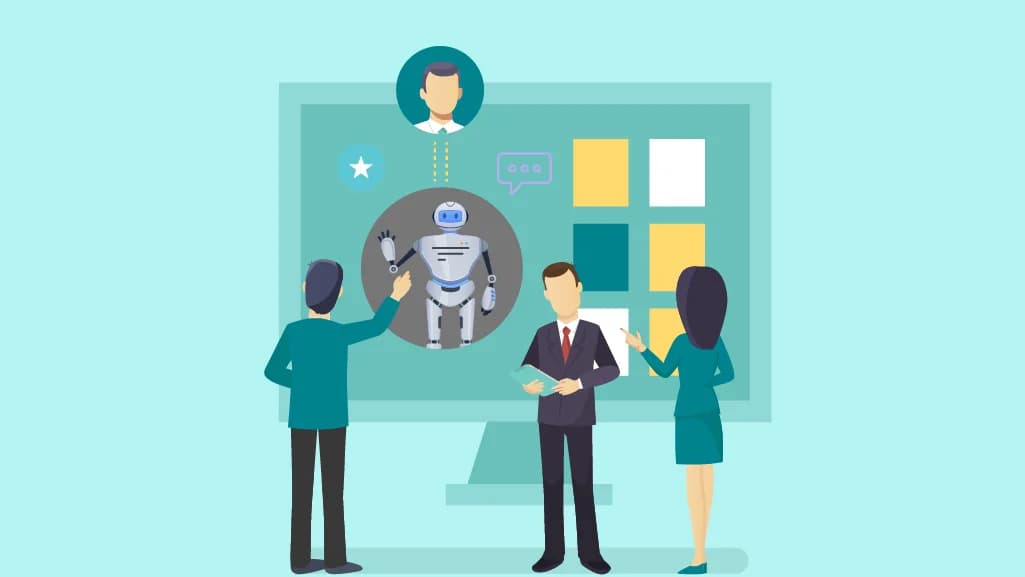
Team AdvantageClub.ai
July 29, 2025

Helping an underperforming employee improve is one of a manager’s most challenging and rewarding responsibilities. Poor job performance in today’s digital settings is rarely the result of incompetence or laziness. More often, it’s tied to hidden roadblocks, undefined expectations, or not getting the right support at the right time.
Here are seven practical recognition strategies you can use to help an underperforming employee regain their footing, utilizing the possibilities of engagement technology. These ideas extend beyond traditional performance management to maximize employee productivity. They embrace real-time feedback, personalized recognition, and community support. Platforms like AdvantageClub.ai are making it easier than ever for HR teams to implement these strategies, helping turn poor job performance into a success story.
Who Is an Underperforming Employee?
An underperforming employee is someone who is consistently falling short of what is expected in their role. Missing deadlines, producing subpar work, or simply not keeping up with the pace and quality are common signs of underperformance.
- Regularly failing to meet deadlines or producing subpar work
- Making the same mistakes over and over again or paying little attention to details
- losing their drive, enthusiasm, or involvement in their work
- Having trouble cooperating or appearing hesitant to collaborate with coworkers
- Taking longer breaks than normal, calling out more frequently, or arriving late
7 Proven Strategies to Boost Employee Performance and Engagement
1. Real-Time Performance Insights: Spot Issues Early
How to use this approach:
A. Keep an eye on productivity, attendance, and engagement data as it happens.
B. Run brief pulse surveys or polls to check in on workload, clarity of expectations, or any obstacles people might be facing.
C. Try tools like a Mood-O-Meter to gauge how your employees are feeling day-to-day. It’s a great early warning system for stress or disengagement.
Benefits:
A. The insights allow you to step in with support before problems escalate.
B. Shows employees that their contributions and well-being are noticed and valued.
2. Personalized, Data-Driven Feedback
How to use this approach:
A. Give frequent, bite-sized feedback regularly instead of waiting for big annual reviews.
B. Back up your feedback with clear data points, like missed deadlines or customer comments, to keep it objective.
C. Use platform tools to schedule, document, and follow up on feedback conversations so nothing gets forgotten.
Best practices:
A. Encourage employees to share their perspectives and be part of the conversation.
B. Balance your feedback by highlighting strengths as well as areas to improve.
3. Dynamic Pulse Surveys & Sentiment Analysis
Sometimes, poor performance isn’t about a lack of skills; it can be due to hidden challenges, such as burnout, confusion, or personal stress. Pulse surveys and sentiment analysis tools can help uncover the underlying problem.
How to use this approach:
A. Send focused pulse surveys to check in on things like workload, team dynamics, or whether people feel supported.
B. Analyze open-ended survey responses to spot trends in morale or emerging concerns.
C. Keep tabs on emotional well-being with tools like a mood-o-meter.
What this unlocks:
A. Helps you catch potential issues early before they become bigger problems.
B. Let you address the real root causes behind poor job performance.
4. Tailored Goal Setting & Micro-Objectives
How to use this approach:
A. Create SMART goals and track progress visually so employees can see where they stand.
B. Break large projects into micro-goals so each win feels like progress.
C. Tie in meaningful rewards for hitting milestones using a strategic rewards platform.
Why it works:
A. Provides a clear, structured path forward.
B. Helps employees stay focused and motivated, celebrating small victories along the way.
5. Automated Recognition & Motivation Boosters
It is natural to focus solely on the gaps when someone is performing poorly. However, acknowledging even a little accomplishment can inspire new drive. Managers can make recognition instantaneous and inspiring through engagement platforms.
How to use this approach:
A. Set up real-time recognition for improvements in effort, attitude, or goal progress.
B. Use gamified elements like digital badges or leaderboards to introduce friendly competition.
C. Offer personalized rewards that reflect what each employee finds meaningful.
Benefits:
A. Lifts morale and engagement, even for struggling employees.
B. Reinforces positive behavior and creates momentum for further improvement.
6. Smart Communication & Nudges
How to use this approach:
A. Schedule automated reminders for check-ins, deadlines, or even wellness breaks.
B. Adapt your communication channels to fit each employee’s style; some might prefer quick chats, others emails or app notifications.
C. Use gentle nudges to keep employees on track without making them feel micromanaged.
Why it matters:
A. Keeps conversations about performance positive and proactive.
B. Helps employees feel supported instead of scrutinized.
7. Continuous Support & Resource Recommendations
Time and continuous assistance is what it takes to improve performance. Through engagement platforms, you can connect staff members to solutions tailored to their individual needs, such as peer networks, stress management, or wellness routines.
How to use this approach:
A. Make wellness programs easily accessible to employees to improve their physical and mental well-being.
B. Make recommendations for pertinent resources, such as workshops or time management tools, using analytics.
C. Encourage employees to join peer groups so they may support one another, exchange experiences, and ask questions.
What this achieves:
A. Empower employees to take charge of their growth.
B. Builds an organizational culture where people feel they belong and have the tools to succeed.
Conclusion
Assisting an underperforming employee to get back on track isn’t about a single conversation or a rigid checklist. It’s a journey that calls for empathy, clear communication, and tools that make support feel personal and proactive.
Agentic AI engagement platforms, such as AdvantageClub.ai, are revolutionizing the way we interact with one another. They enable managers and HR teams to identify challenges early, deliver timely feedback, recognize even small wins, and maintain support without interruption.
When you combine instant recognition, thoughtful rewards, quick pulse surveys, wellness resources, and inclusive communities, you’re not just addressing poor job performance—you’re creating a positive workplace culture where every person has the opportunity to thrive.





